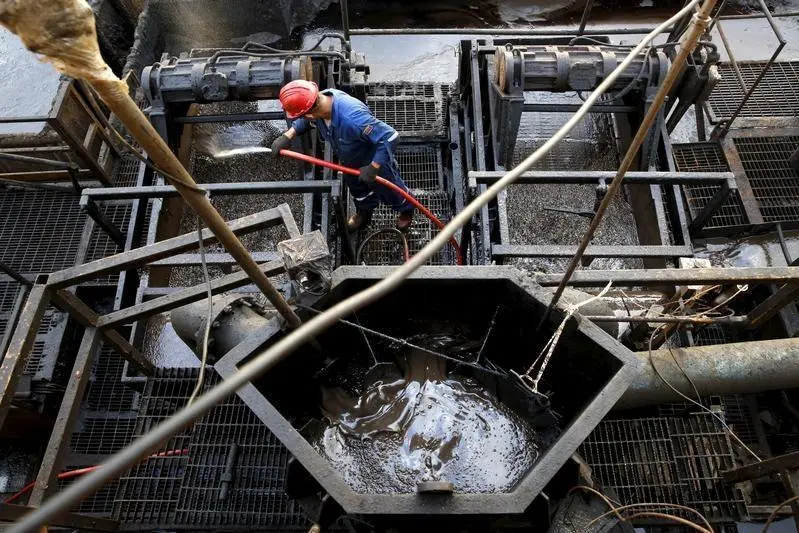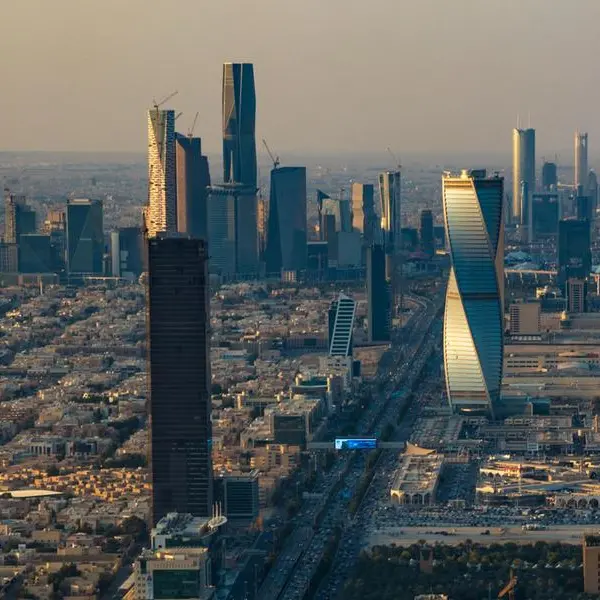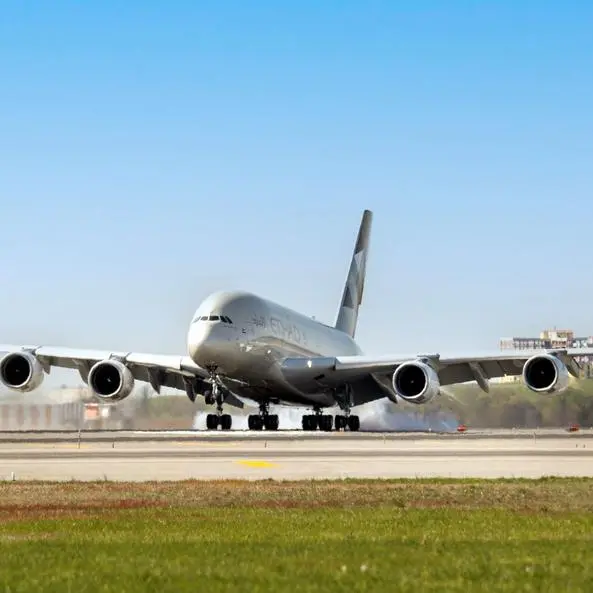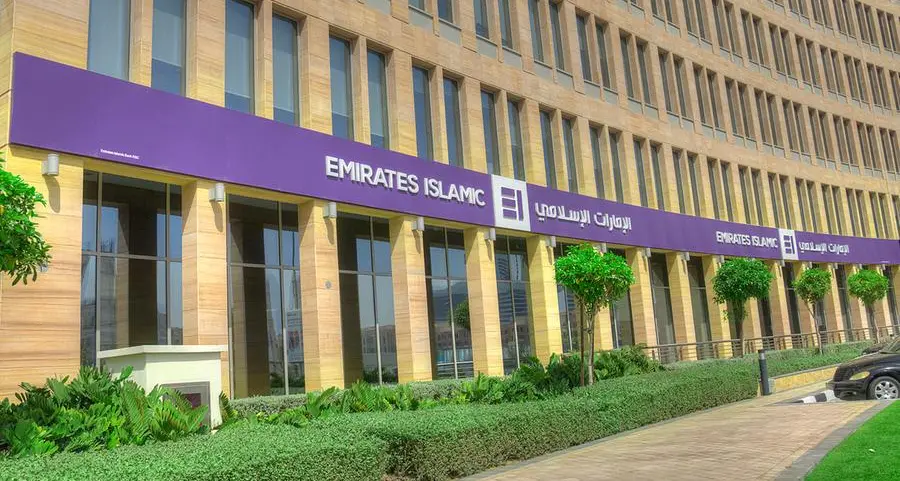PHOTO
Worries about weakening economic growth in emerging markets, especially in China, helped send oil prices even lower in August.Brent crude, the international benchmark, and West Texas Intermediate (WTI), the US marker, had fallen by an average of 19% to six-and-a-half year lows of $41.9 per barrel (bbl) and $38.5/bbl, respectively, by the 26 August. A late August rally did help the two crudes recover some of their losses, however, and close the month level at $49/bbl.
While the issue of crude oil oversupply (and a stronger dollar) continued to weigh heavily on oil prices during the month -- OPEC production remained elevated while US shale production provedsurprisingly resilient -- the primary catalyst for the steep plunge was concern about China's economic growth.
The unexpected devaluation of the Yuan and data that showed that Chinese manufacturing activity had contracted the most in six-and-a-half yearswasseen as evidence ofa marked slowdown in China's economic growth and, by implication, oil demand growth in the world's second largest crude oil consumer.
This sparked a global equity sell-off on "Black Monday", with oil prices forced even lower. (In fact, Chinese oil demandhas been quite strong; growth of 7% y/y was recorded in July with China taking advantage of low oil prices to replenish its strategic stockpiles and capitalize on new refining capacity.)
Nevertheless, in the broader scheme of things, the continued mismatch between demand and supplyportends a sustained period of low prices, going into at least the third quarter of 2016, according to the International Energy Agency (IEA).Reflecting this outlook, futures markets, at the end of August, were pricing December Brentcrude deliveries at $55/bbl this year, $61/bbl next year and $65/bbl in 2017.
While the crude supply overhang is expected to ease from the huge 3 million barrels a day (mb/d) recorded in 2Q15, as per the IEA'sestimations, as global oil demand continues to increase during the remainder of the year supply is still expected to exceed demand by 1.4 mb/d by year-end, assuming no change to current OPEC production levels. The crude surplus is not expected to significantly unwind until early to mid-2016 when non-OPEC crude oil production, primarily US light tight oil (LTO) output (shale oil) begins to feel the effects of sharp cuts in capital spending,and actually decline.
The resilience of US LTO production in the face of cutbacks in capital expenditure and falling rig counts has surprised many, but recent data from the US Energy Information Agency (EIA) finally confirmed that growth began to slow in May. Having reached a post-1970 high of 9.6 mb/d in April, output fell by 300,000 b/d (3%) to 9.3 mb/d at end-June.
In contrast, OPEC crude production in July surged to a 22-month high of 31.9 mb/d, according to OPEC data obtained primarily from national sources.* OPEC production has soared by 1.5 mb/d since the group's decision last November to maintain output at the official ceiling of 30 mb/d.
Despite a drop of 200,000 b/d in July, Saudi crude output continued to top 10 mb/d for the fifth consecutive month. Iraqi production, which includes output from the Kurdistan Regional Government's (KRG) oil fields, hit an all-time high of 3.7 mb/d. Iranian production also edged up in July in anticipation of sanctions being unwound after Iran and the P5+1 group signed their historic agreement to limit Iran's nuclear program in early July. UAE production was also elevated, at 3.0 mb/d. Kuwait, on the other hand, recorded a slight decline in output, to 2.8 mb/d. With production offline from two of the oil fields that Kuwait shares with Saudi Arabia in the Neutral Zone, Khafji and Wafra, due to an operational dispute, output is at a two-and-a-half year low.
It is still unclear how quickly Kuwait will be able to compensate for lost Neutral Zone output by increasing production from its other fields, as Saudi Arabia has managed to do. Sufficient spare production capacity may be limited until the authorities bring online additional capacity from fields such as Ratga, where the Lower Fars 'heavy' fuel development project is being implemented. The contract for the first phase of the project, to produce 60,000 b/d of heavy oil by 2018, was signed earlier this year with Petrofac. As part of its 2030 strategy, Kuwait is aiming to expand production capacity by 1 mb/d to 4 mb/d by 2020.
For OPEC, meanwhile, the Saudi-led strategy of maximizing market share by outcompeting higher-cost rivals looks likely to be maintained for the foreseeable future. All eyes will be on the group'snext meeting in December, but short of an unlikely production cut coordinated with non-OPEC oil producers such as Russia, there seems little chance that OPEC will abandon its strategy.
After all, non-OPEC oil supply growth has begun to slow (as marginal production is affected by low oil prices) and oil demand looks like it could be strengthening; reflecting these new dynamics, the IEA just raised its 'call' on OPEC crude for 2016 by 600,000 b/d from its previous report, to 30.8 mb/d.
Looming over the horizon in 2016 for OPEC, however, will be Iran'sreturn to the oil markets. The prospect of at least 500,000 b/d of additional Iranian crude coming onto oversupplied markets next year could present OPEC with its most difficult challenge since the group embarked on its current strategy last November.
© Arab Times 2015












